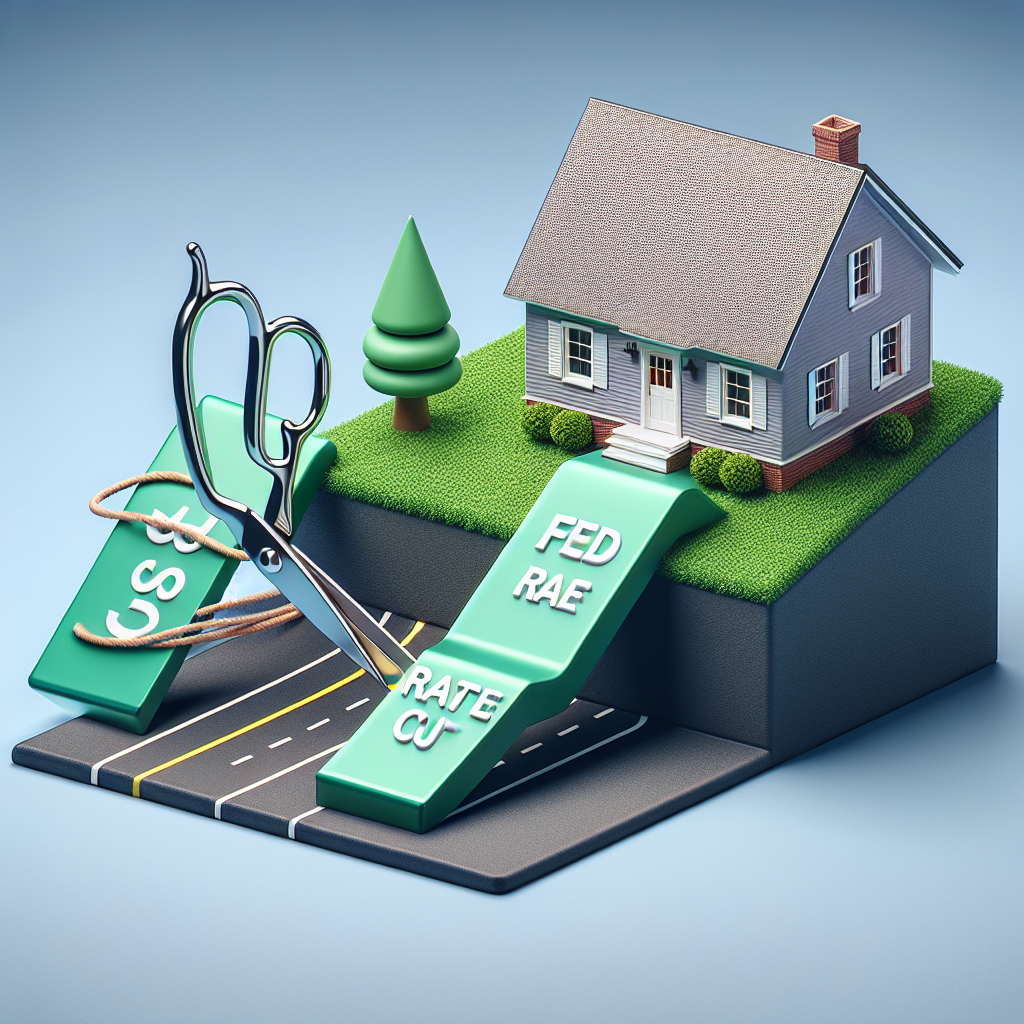Why Mortgage Rates are Rising After the Fed’s Rate Cut
In a surprising twist, mortgage rates have risen for the fourth consecutive week, compensating for some of the relief experienced by American homebuyers earlier this summer. Following a significant rate cut by the Federal Reserve, expectations had led to a temporary decline in borrowing costs. According to Freddie Mac’s latest survey, the average rate for a standard 30-year fixed mortgage climbed to 6.54% in the week ending October 24, marking the highest level since early August, yet still lying below the year’s peak of 7.22% reached in May.
An initial drop in mortgage rates to a two-year low of 6.08% occurred at the end of September in anticipation of the Fed’s cozying up to more accommodative monetary policy. Ironically, this didn’t trigger a surge in homebuying activity. The National Association of Realtors (NAR) reported a 1% decline in sales of previously owned homes in September, bringing the seasonally adjusted annual rate to 3.84 million, the lowest point since October 2010.
Market Sentiment and Housing Demand
Registered mortgage applications have also seen a downturn over the last month, dipping to levels not seen since July, according to a report from the Mortgage Bankers Association. The sluggishness in housing demand could be attributed to several factors: for many families, the window for buying or selling homes usually opens in spring, a time when the transition is smoother and more organized, coinciding with the start of a new school year. Furthermore, potential buyers might be biding their time, hoping for even lower rates in light of signals from the Fed that expect a gradual reduction in borrowing costs through 2025.
It is crucial to note that every percentage point shift in mortgage rates can make a significant difference in monthly payments—an essential consideration for prospective buyers. Compounding the issue is a notable scarcity of homes on the market, which continues to drive up home prices. In September, home prices rose for the fifteenth consecutive month, as reported by NAR, alongside a staggering increase in home insurance costs in certain markets.
Economic Indicators Impacting Mortgage Rates
The recent rise in mortgage rates can also be traced back to unexpected strong economic data. When the Fed cut interest rates last month, an optimistic forecast was set for revitalizing the housing market. However, robust economic indicators, such as impressive employment statistics and resilient retail spending, have reshaped market expectations and triggered an increase in bond yields—a fundamental benchmark for mortgage rates.
The 10-year US Treasury yield recently closed at 4.24%, the highest since late July. The bond market typically reacts inversely to yields; increased demand for higher interest payments on government debt can lead to higher mortgage rates. Sam Khater, Chief Economist at Freddie Mac, remarked on the tension between a cautious economic narrative and incoming data that consistently suggests a strengthening economy.
Government Finances and Future Projections
Factors around the government’s finances can also sway mortgage rates. The upcoming presidential election has sparked discussions about fiscal policies that may significantly influence the federal budget. Projections from the Committee for a Responsible Federal Budget estimate a potential increase of $7.5 trillion in national debt under a hypothetical second Trump presidency, compared to a $3.5 trillion increase under a Harris administration.
Billionaire investor Paul Tudor Jones openly stated, “We’re going to be broke really quickly unless we get serious about dealing with our spending issues.” This reiterates concerns about the large budget deficit that necessitates significant government borrowing, which inherently limits the availability of mortgage funds, further complicating the housing market landscape.
Homeownership Aspirations in a Turbulent Market
For many American families, waiting for improved housing affordability remains the best avenue toward achieving the dream of homeownership. Couples like Kimberly Bradley and her husband Zach, who are currently renting in Manteo, North Carolina, are finding it challenging to save for a down payment amidst rising costs. Meanwhile, 27-year-old Ken Lowrey from Charleston, South Carolina, has delayed key life decisions, such as starting a family and committing to a career path, all in pursuit of homeownership.
These stories underscore the anxieties and aspirations of many who find themselves in limbo amid fluctuating mortgage rates and unsatisfactory market conditions. As the hunt for affordable housing continues, many potential buyers are holding out for favorable shifts in mortgage rates and home prices that can allow them to secure their financial future without the burden of unfavorable long-term loans.

